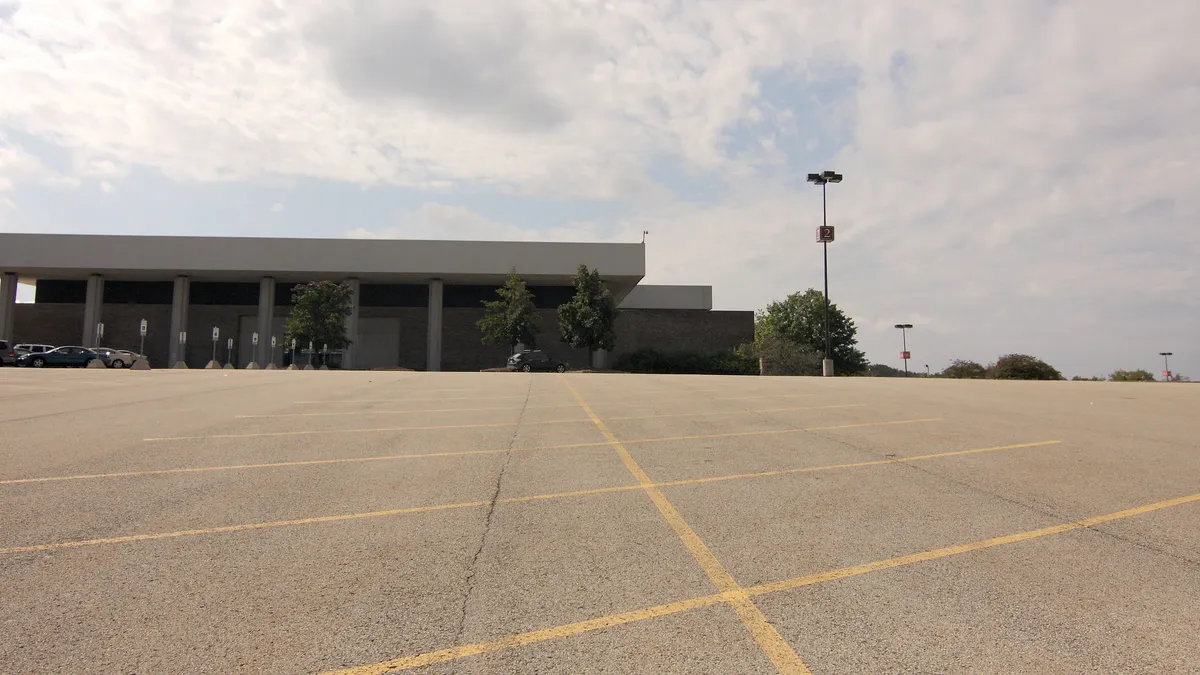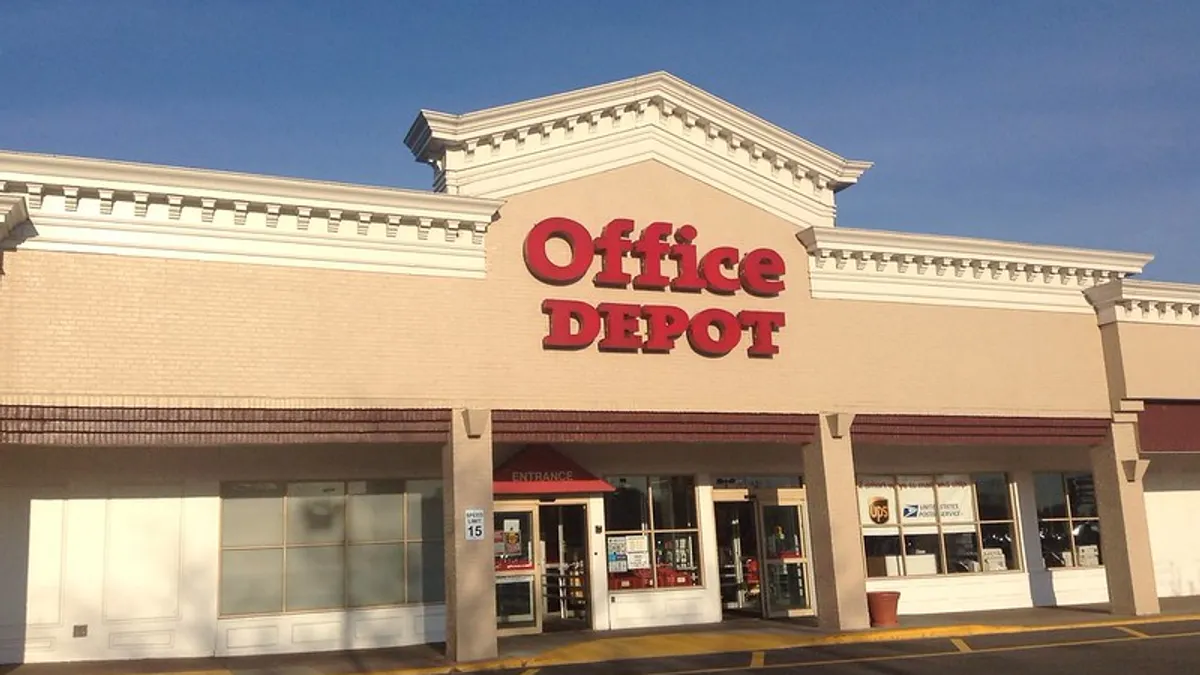In the mid-20th century, when malls were retail's fresh new idea, department stores moved into the suburbs with confidence. That has been shaken, and many malls are now looking for their replacements.
Back then, department stores had valuable amenities: big spaces with varied assortments, savvy merchandisers, attentive store associates and the fierce loyalty of their customers. Shoppers came in droves, spilling into the smaller specialty stores, who happily received the busy crowds. Not everyone who came in bought from them, but the traffic was so plentiful that they rang up more than enough sales.
These retailers still have big spaces, but, increasingly, they're empty. Consumers have steadily lost their attachment to department stores, so traffic has dwindled. Last year, Green Street analysts warned the pandemic was speeding up the disappearance of these anchors from malls, estimating that more than half of mall-based department stores would close by the end of this year. That's on top of the hundreds and hundreds of Sears stores alone that shuttered in recent years.
It's become a no-win situation that has, inevitably, chased specialty stores away from malls as well. In 2019, Gap's CEO said the traffic declines had rendered malls the "wrong locations" for stores. Last year, a new CEO said the company would close 350 Gap and Banana Republic stores and switch to a plan where 80% of the fleet would be found at strip centers, city centers and outlets by 2023.
While the pandemic isn't yet over, a decent immunization rate has eased it in the U.S., and retail sales, even at department stores, are recovering. (So far this year, however, the department store segment continues to record declines compared to 2019, according to the Commerce Department.) Economic recovery may slow the closure acceleration predicted by Green Street, but it's unlikely to stem the tide long term, according to Nick Egelanian, president of retail development firm SiteWorks.
"Nothing significant has happened to change the trajectory of department stores in the long run, or the fact that they have no real purpose going forward," Egelanian said by phone. "All that's changed is we got vaccinated, came out of our cocoons, and everybody's acting euphoric right now. We might get a snap-back, but what has happened to change the overall picture, that malls and department stores are irrelevant going forward? Nothing."
The replacements
There was a time when a department store seemed irreplaceable. That time is over.
In a recent phone interview, CBL Properties CEO Stephen Lebovitz said that anchors closing is nothing new, and that department stores have trimmed their expenses and are bouncing back. But he also said the mall company retooled its anchor strategy during the long, steady decline at Sears.
"We are being proactive in looking to replace department stores where we see the opportunity."

Stephen Lebovitz
CEO, CBL Properties
"The process of replacing former department stores has been a key part of our strategy for a while and we've been very successful in replacing the traffic that those former department stores were generating by adding a mix of uses," he said by phone, noting that CBL, which went bankrupt last year, has enlisted a hotel, arcades, eateries and casinos to drive footfall. "We are being proactive in looking to replace department stores where we see the opportunity."
The problem with such replacements is that there's little evidence to suggest that they stimulate sales the way department stores once did, Egelanian said. "What data is there that says that [such a business] feeds the retail and the center? It doesn't exist," he said.
The most effective replacement may be no replacement at all, according to Greg John, chief marketing officer at Waterstone Properties, a privately held commercial real estate developer. At the company's emerging Rock Row mixed-used development in Westbrook, Maine, a department store will be nowhere to be seen. More importantly, the center won't depend upon one tenant or type of tenant to drive traffic.
Rather, at Rock Row, which is being built next to an old gravel quarry that will eventually be used for rock climbing and water activities, retail will be just one attraction in a community-oriented locale where people will be living, working and playing. If that sounds familiar, it is. It mirrors the downtown experience that malls undermined decades ago.
"It's not about an anchor anymore," John said, speaking on site. "It's creating an experience with different elements — residential, events, retail. It's not about going to one store, it's about going to a place."























